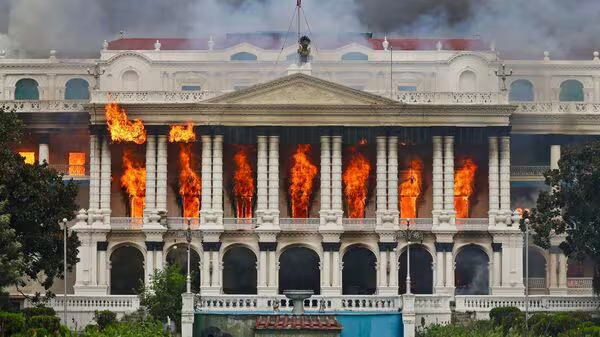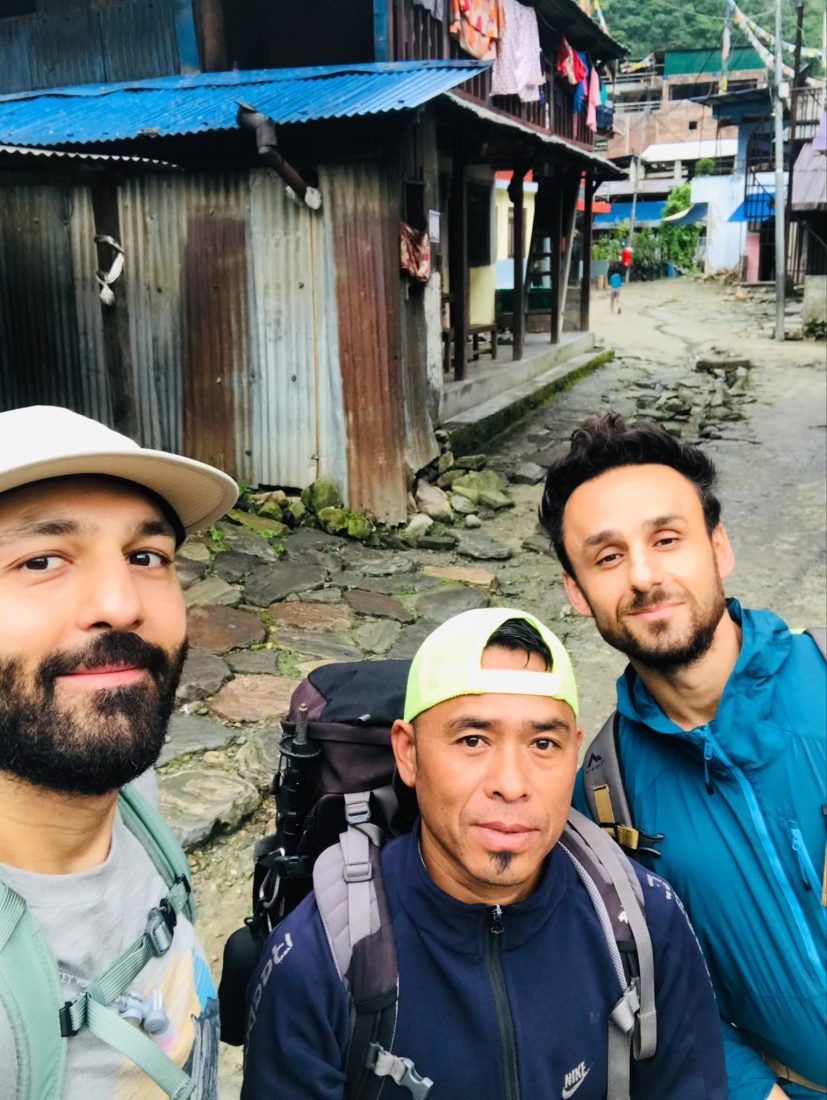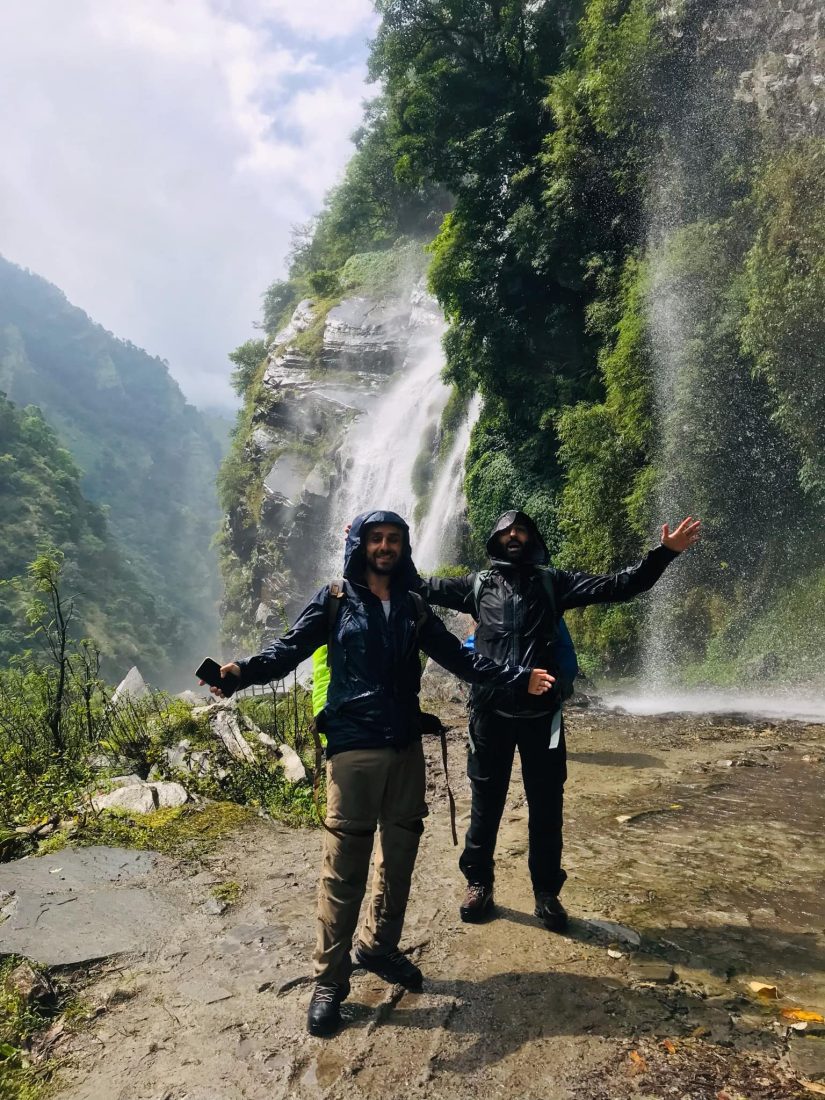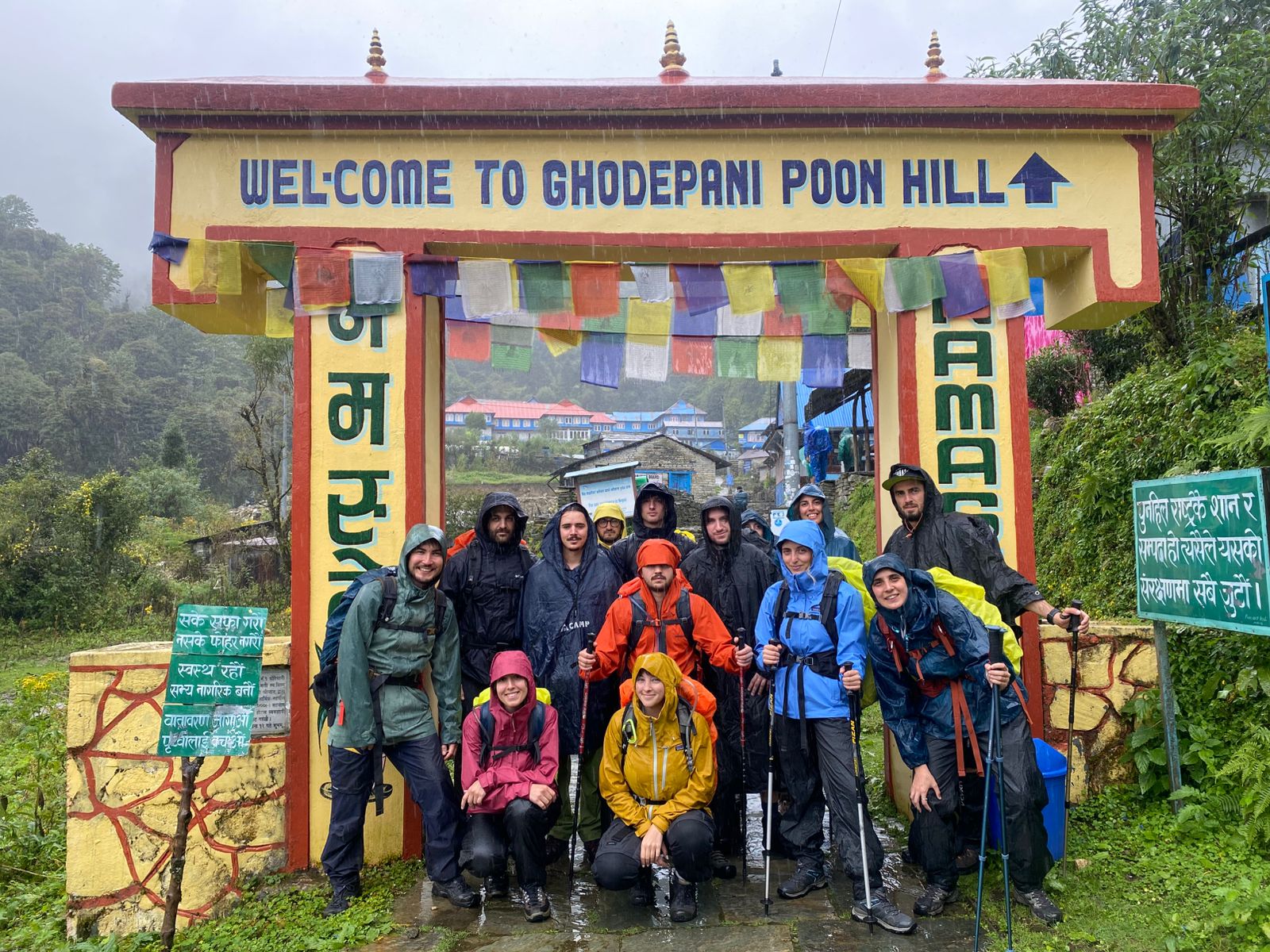Current Situation of Nepal : The Beginning of the Unrest
Current Situation of Nepal: On 8th September, Nepal witnessed the rise of a powerful youth-led protest. Generation Z — frustrated by decades of corruption and misrule by older politicians — took to the streets demanding change. Their voices were strong and their cause just. But what began as a peaceful demonstration soon escalated into violence and destruction. In just the first two days, nearly 25 people lost their lives and hundres injured, most of them young demonstrators, along with a few security personnel. These numbers reflect the heavy price Nepal has paid in the push for political change.

From Hopeful Movement to Turmoil
Police crackdowns on protesters fueled anger, and crowds turned destructive. Government offices, public vehicles, and political leaders’ homes were set ablaze. The most heartbreaking blow came when Singha Durbar, Nepal’s iconic government headquarters with a history stretching back to the Rana era, caught fire once again. Having already burned twice in the past, its latest destruction symbolizes not just the loss of heritage, but also the collapse of political trust.
Runaway Prisoners and Security Concerns
In the chaos, prisons across the country became vulnerable. Hundreds of inmates escaped, some serving time for serious crimes. This has added an extra layer of fear and reminded the nation of weak security systems that urgently need reform.
Tourism Hit at the Worst Time
The unrest comes at the start of Nepal’s busiest autumn tourism season (September–November). Normally, thousands of trekkers and cultural tourists arrive at this time. But with curfews in Kathmandu, Lalitpur, and Bhaktapur, and the army deployed on the streets, the tourism industry is facing cancellations and uncertainty. Hotels, guides, and businesses that depend on visitors are under strain.
Searching for a Solution
While youth activists demand new leadership, they have struggled to unite behind a firm candidate. In this vacuum, talks have begun to appoint former Chief Justice Sushila Karki as caretaker Prime Minister. Widely respected for her honesty and independence, Karki could lead an interim government to stabilize the nation and prepare for fair elections. This proposal offers a much-needed path forward amid uncertainty.
What Could Have Been Better
The energy and frustration of Gen Z is real and justified, but the movement’s descent into violence has overshadowed its message. Dialogue, discipline, and unity could have created more meaningful results. Nepal’s youth have the power to bring change — but it must be directed towards building, not burning.
What Lies Ahead – Current Situation of Nepal
- Runaway prisoners: Security remains a top concern until they are recaptured.
- Curfews and restrictions: Temporary but disruptive; citizens must remain patient.
- Political transition: Interim leadership under Sushila Karki may offer stability.
A Message of Hope – Current Situation of Nepal
Nepal is at a turning point, but history shows that the country always finds its way back to peace. This chapter of unrest, too, will end soon. The government is working toward stability, and daily life is already showing signs of recovery.
To our friends and guests abroad: we still look forward to welcoming you in Nepal. The mountains, temples, and warm smiles of the Nepali people are waiting. We remain hopeful that normal life will return quickly, and when it does, we will be ready to serve you with the same hospitality that Nepal is known for. We are just whatsapp and email away. Contact us.


The mountains are safe to trek – only Kathmandu and some major cities are affected. In fact, two of our friends from Sweden are currently on the Manaslu Circuit Trek, one small group of 14 just finised Ghorepani Poonhill trek, and we wish them a safe and hassle-free crossing of the Larkya La Pass. If you want to take on this kind of challenge, come walk with us.











